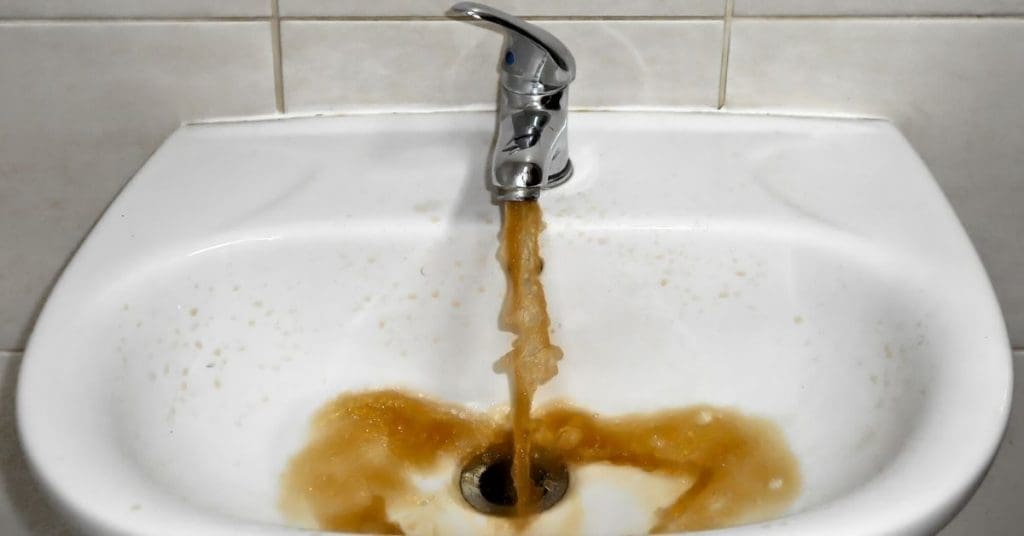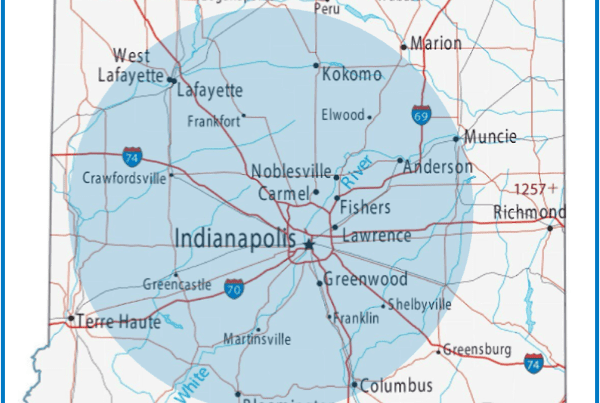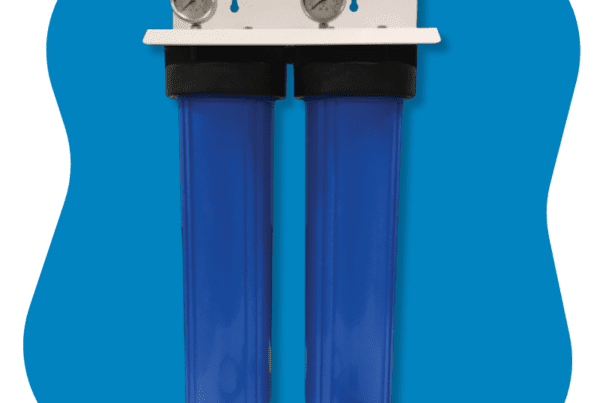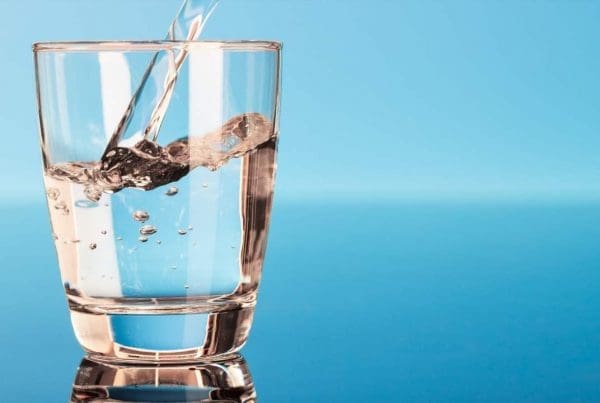How to Get Rid of Contaminated Water
Even if your drinking water looks and smells fine, it could still be full of contaminants. Pesticides, pharmaceutical remnants, or living organisms might be lurking in the water you’re using to drink and cook with every single day.
Despite if you don’t realize it while drinking it, your body knows it’s not getting the proper nutrition and benefits from water as it should be. The longer your water goes undiagnosed and untreated, the more at risk your health is in the long term. Water is the most basic necessity for survival. The quality should be of the utmost importance as an investment in you and your family’s health.
The health community has helped make us more conscious about the importance of water quality, but the average person might not realize that even city water can be full of harmful contaminants.
Thankfully there are many solutions for contaminated water. Let’s understand exactly how our water is being contaminated, what it’s being contaminated by, and what we can do about it.
 How Water Becomes Contaminated
How Water Becomes Contaminated
Tap water sourced as city or well water pick up contaminants in their natural cycle. Water takes on the properties of anything it comes in contact with. Think about when you add a few drops of essential oils to your bathwater. It isn’t limited to the area you dropped the oil; it infiltrates the entire bathtub.
Any minerals, metals, pollutants, or other substances excreted from nearby factories, homes, and construction all end up polluting your water supply on a larger scale. Both surface and groundwater are sources for collecting compiled pollution.
It’s true the body needs trace minerals that appear in tap water to perform optimally. But, the other contaminants in water override any benefits from these trace minerals. Plus, you can always add beneficial minerals back to clean, filtered drinking water. It would be harmful not to filter out the many substances that end up as contaminated drinking water.
If you’re unsure about your water quality and rethinking its safety levels, you can get a free water analysis here. This is well worth it, as it only takes approximately 30 to 45 minutes.
Types of Contaminants
The list of potential candidates for water contamination is exhaustive and extensive. There are physical contaminants like mold and chemical contaminants like metal. There are also biological contaminants like parasites and bacteria. Lastly, there can even be are also radiological contaminants like uranium.
These all sound scary, and they are. Household chemicals from beauty and cleaning products that otherwise would not be ingested are seeping into tap water, resulting in your contaminated water. Not to mention industrial-grade chemicals and byproducts that show up too.
Stimulant drugs such as caffeine and nicotine also creep their way into tap water.
Chloride, fluoride, and toxic metals are also among the most common impurities in unfiltered water. Unfortunately, being the most common, they are also causing some of the biggest health issues.
Effects
In a society that is aware of the many stressful pollutants infiltrating almost every aspect of our lives, it’s more important than ever to tackle these problems to prevent poor health outcomes in our generation and future generations.
The most pronounced effects that come from drinking toxic water are on our health. Health is the most prestigious possession one can have when immunological diseases are consistently on the rise.
In a study done in the UK, fish had shown an influence in their sexual development due to the off-put of human intervention that affects water.
This is concerning on many levels. Regulating hormone function is important for the body to maintain homeostasis. With hormone fluctuations and sexual development problems on the rise, there could be problems down the road, such as infertility.
Along with hormone intervention, metals identified in water can have severe effects, resulting in heavy metal poisoning.
Mold and parasitical or bacterial presence can also cause extreme infection.
As you can see, these effects are serious. The protection of you and your family should be your main concern. When you’re able to identify water quality and have access to the best water filtration system solutions, your water quality worries will disappear.
Identifying Contaminated Water
Identifying contaminated water can be as simple as noticing a foul odor, taste, or concerning color to your water.
Odors causing concern include a rotten egg smell, moldy smell, or a chlorine smell. Sometimes the smell is pronounced, and others are subtle, causing you to take a second sniff before you sip the water.
A rotten egg odor is typically associated with sulfur. A chlorine odor, of course, signifies excess chlorine. A moldy, earthy smell probably means there are bacteria present in your water.
There a few different tastes you might notice in contaminated water. There are definitely pollutants present in water that tastes salty or metallic instead of crips and clear.
Salty water indicates sodium heavy water. Metallic water usually indicates significant doses of minerals like copper or lead, enough to detect them in the taste.
We have all probably seen water that we expect to run clear, running brown or orange at one point in our lives. Sometimes we might even notice a tint in the sink or tub of this orangish residue. If your water contains a questionable color to its residue, iron is most likely the culprit.
If any of these smells, tastes, or colors are present, stop all consumption immediately or as soon as possible, and look into a water quality test.
Solutions
Sure, there is an overload of pollutants in tap water. In our industrialized society, that probably isn’t going to go away anytime soon.
If you wouldn’t normally consume hormones or stimulants, you should not be unintentionally consuming them as tap water contaminants. Good thing there are just as many solutions to keep up with the influx of common tap water problems.
Filtering your water is one easy way that will have a direct, positive influence on your health. You can take back control of what is going into your body.
Water solutions come to the rescue.
Many filtration systems can be used depending on what your specific needs are.
If you’re experiencing problems like dry skin and hard laundry, a water softener is the way to go.
Combine a water softener with a de-chlorinator, and you can eliminate chlorine, which will improve the taste of your tap water while extending the life of your water softener.
Another unit that can add to the positive effect of a water softener is an AIO system, which reduces iron. With all these systems working together, questionable colors, odors, and tastes will all be eliminated from your water. You will see noticeable improvements in your showers and laundry.
One of the most important systems you can use is a reverse osmosis filtration unit. An RO unit is ideal for drinking water. Your family can save money by not having to buy bottled water anymore. You can use the RO filtered water for both drinking and cooking, as it eliminates metals and organic and inorganic material that find their way into tap water.
UV light rays can reduce the presence of pathogens and bacteria.
Sediment filters target particles that harm the lifespan of your house filters.
Cleaning your well can help prevent debris from infiltrating your filters and toilet water, tubs, etc.
Moving Forward
As you can see, there are several options to combat contaminated water. These solutions keep you and your family safe from the shocking and harmful effects of modern-day tap water.
If you’re worried about the costliness of installing a filtration system, you can be comforted by two things. First, there are financing options, so your account doesn’t have to take a dive it’s not ready for.
Second, you’re investing in your health. You know you are getting maximum health benefits from your water. You’re also preventing potential health decline in the future that could occur from not using a filtration system. From this standpoint, the initial investment is more than worth it.
You might still be feeling overwhelmed about all the contaminants in drinking water and wondering which option is right for you. There are more resources here to check out to help answer further questions and concerns you may have.
C and J Water is determined to provide the basic human right of healthy drinking water to all citizens. Our team is more than happy to point you in the right direction. Contact us for more information.
With the multitude of resources at your disposal, there is no reason your health should be sacrificed any longer.




